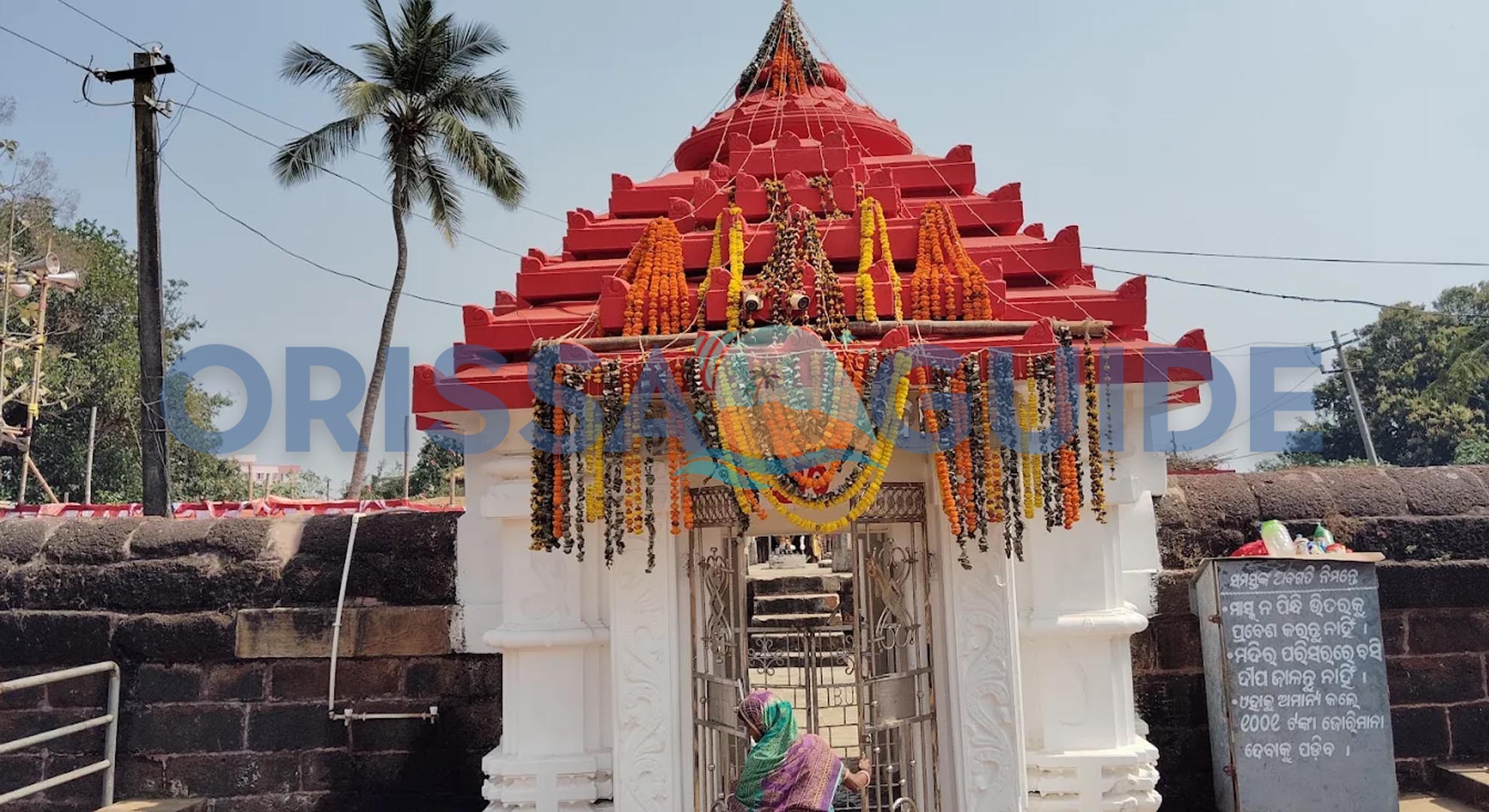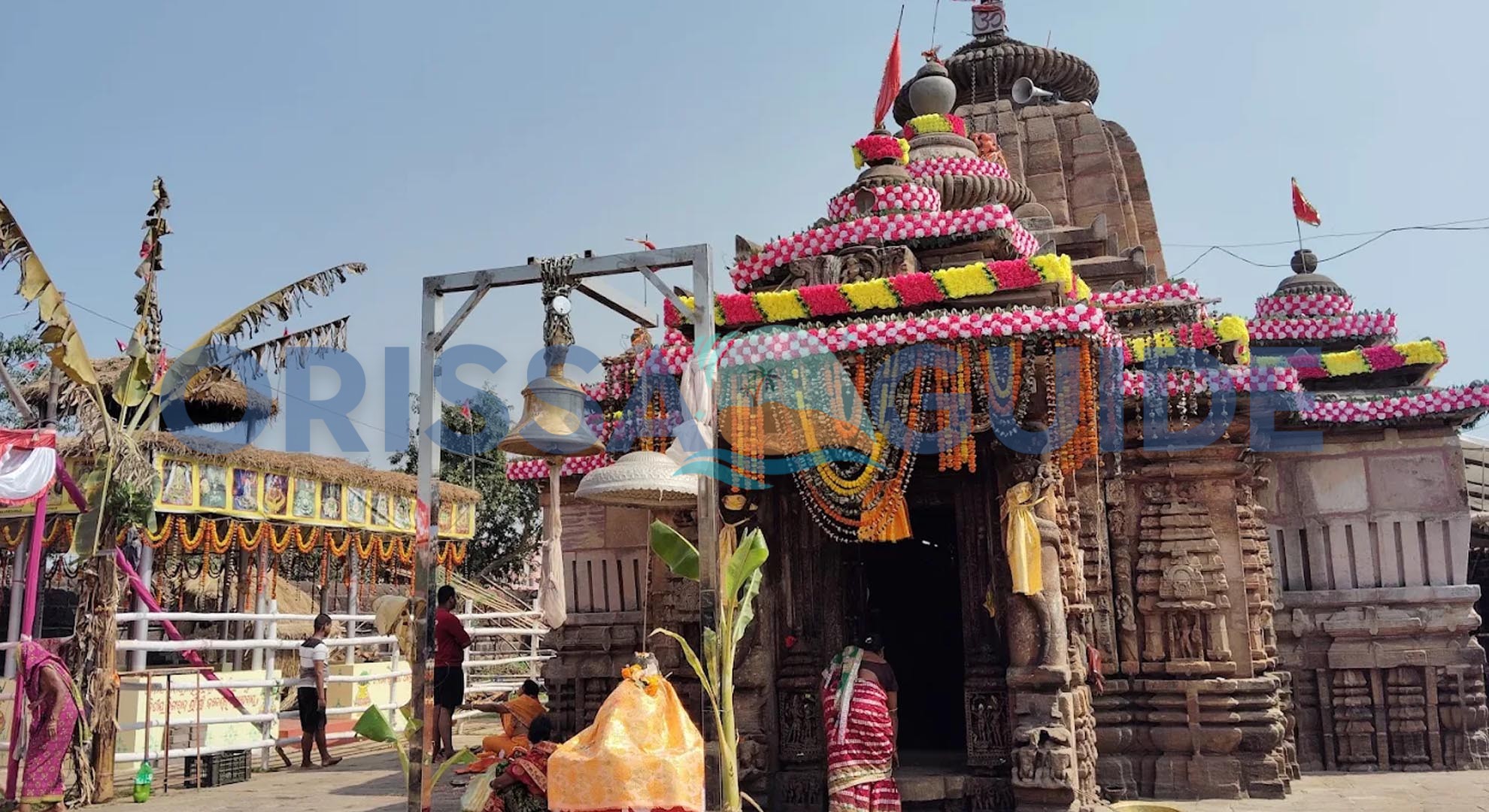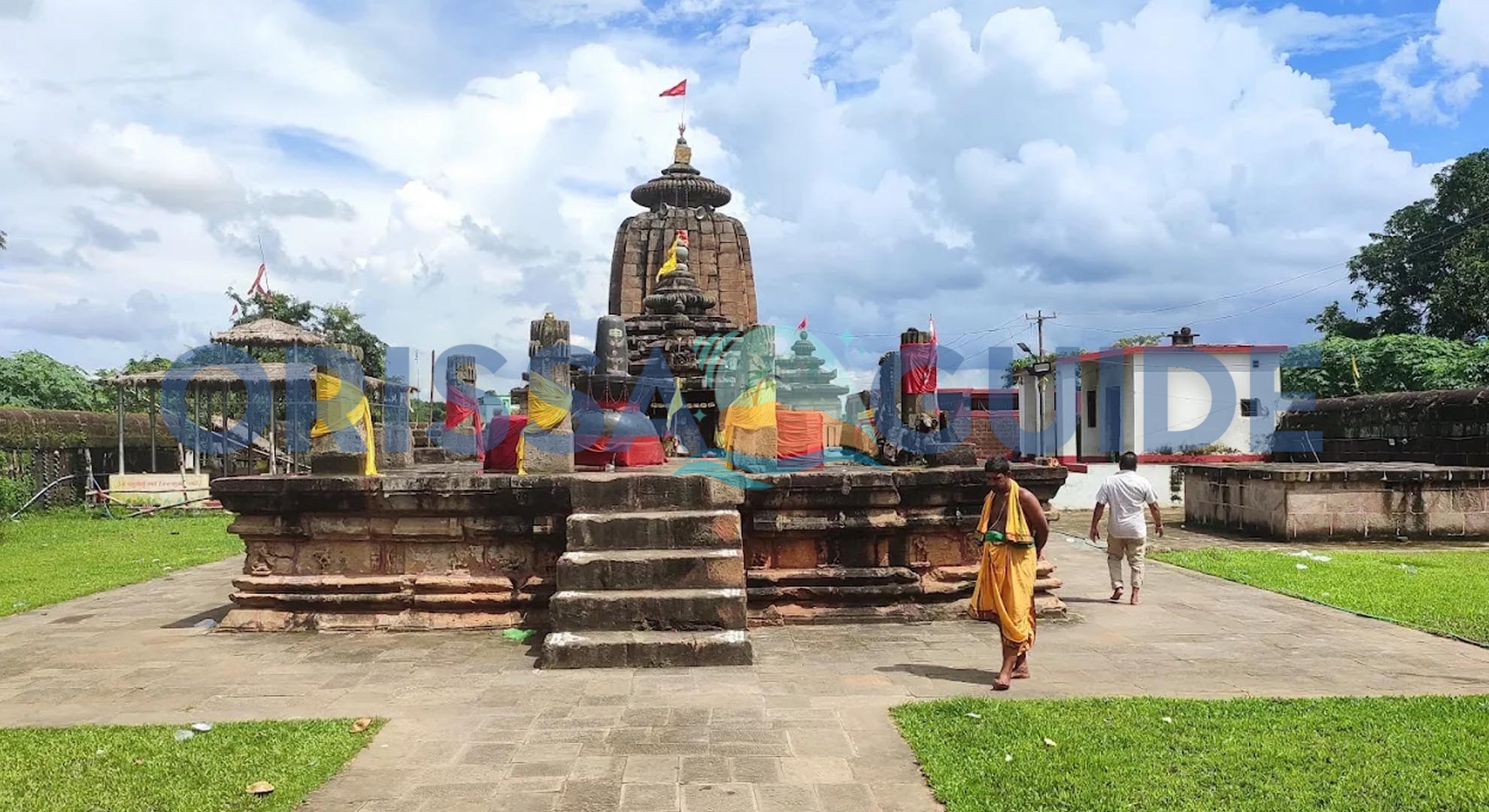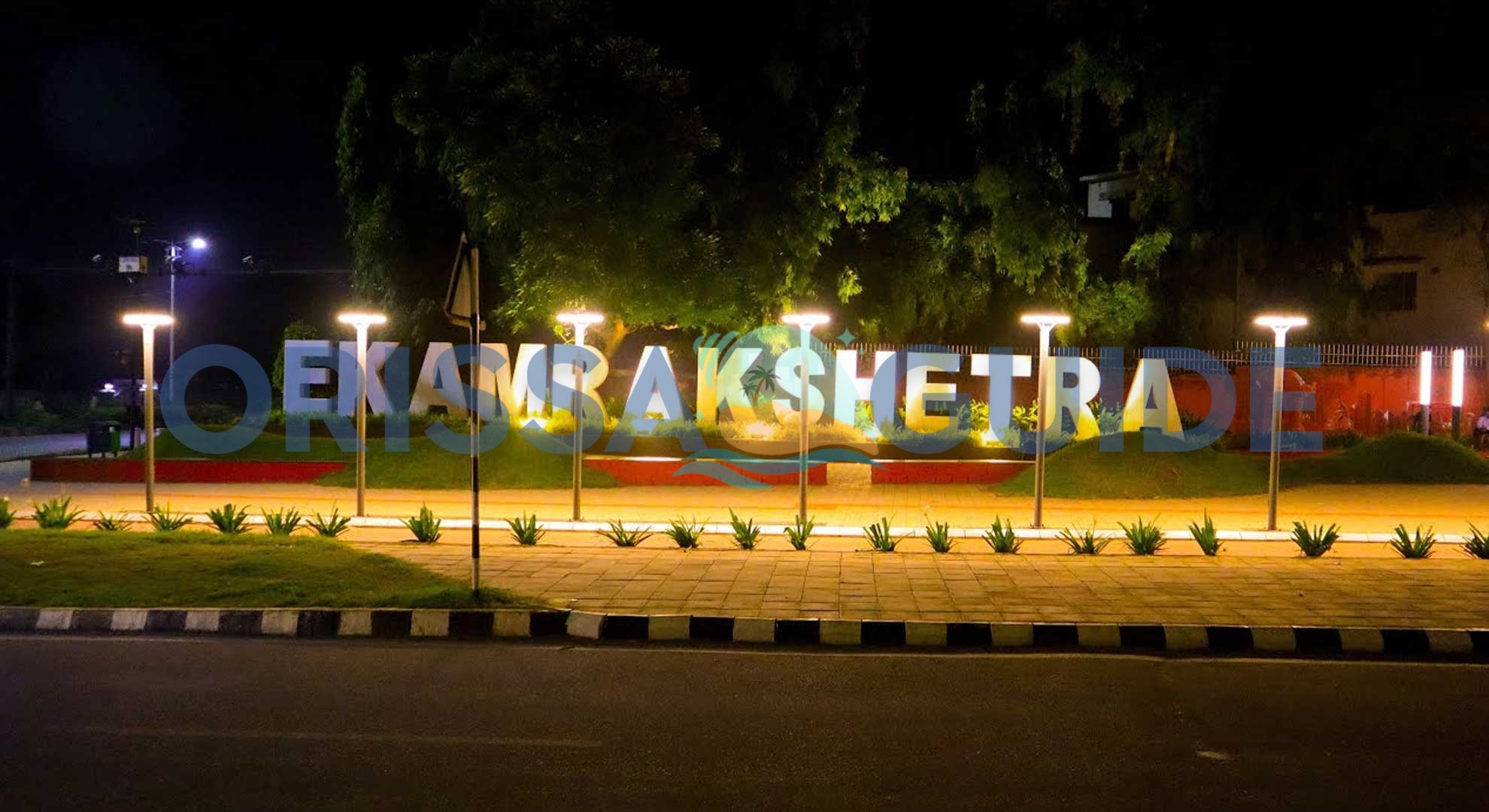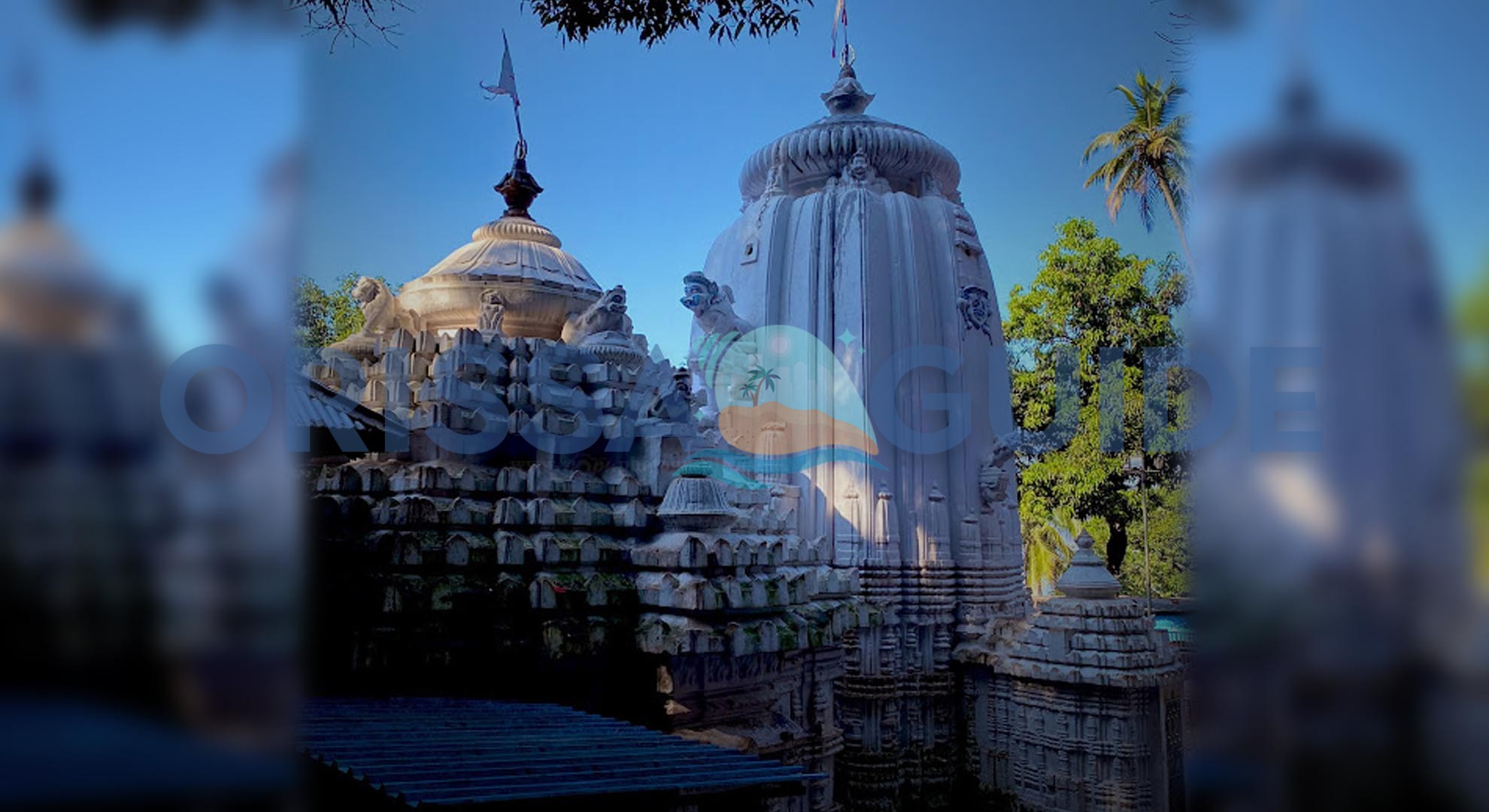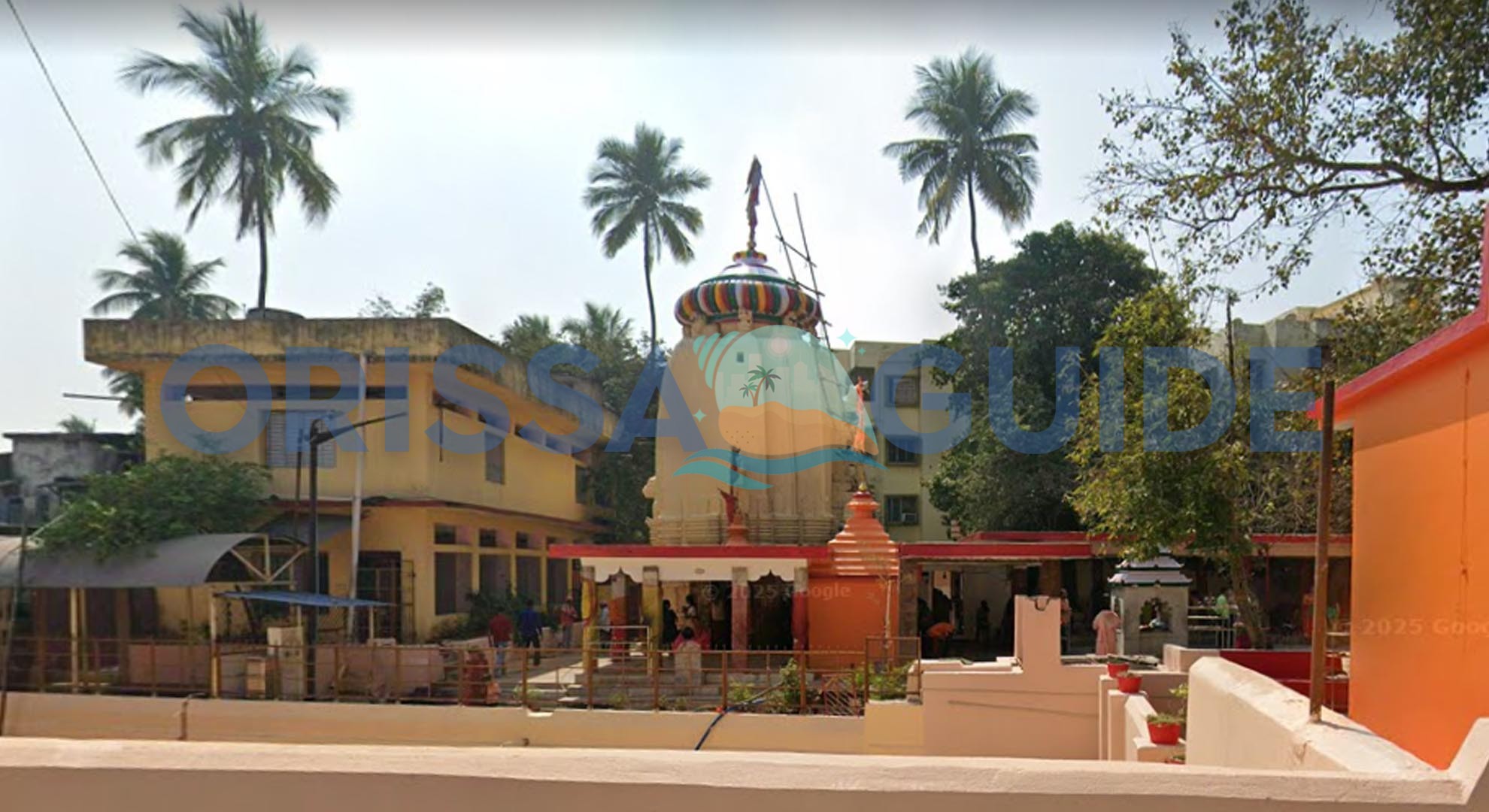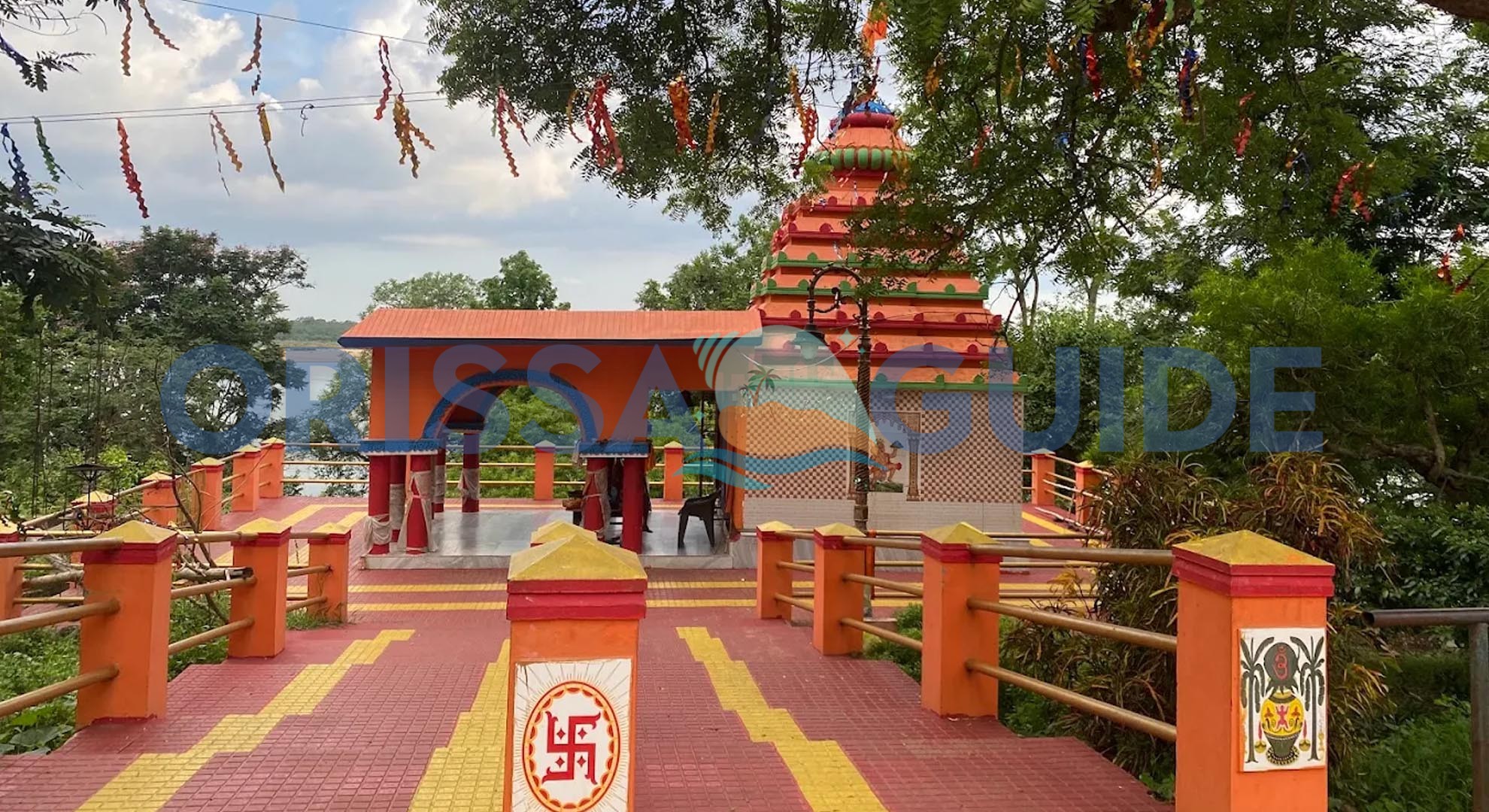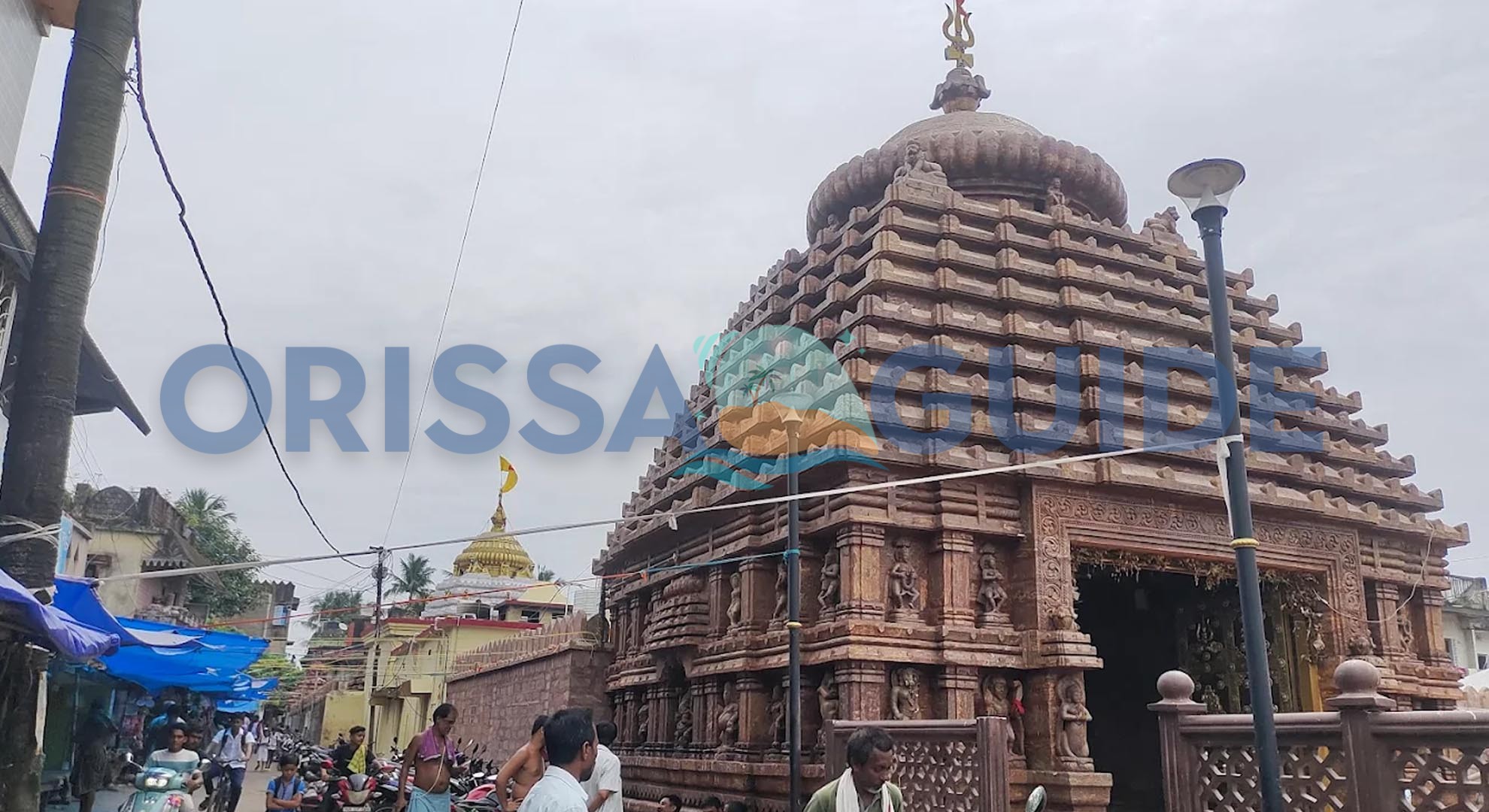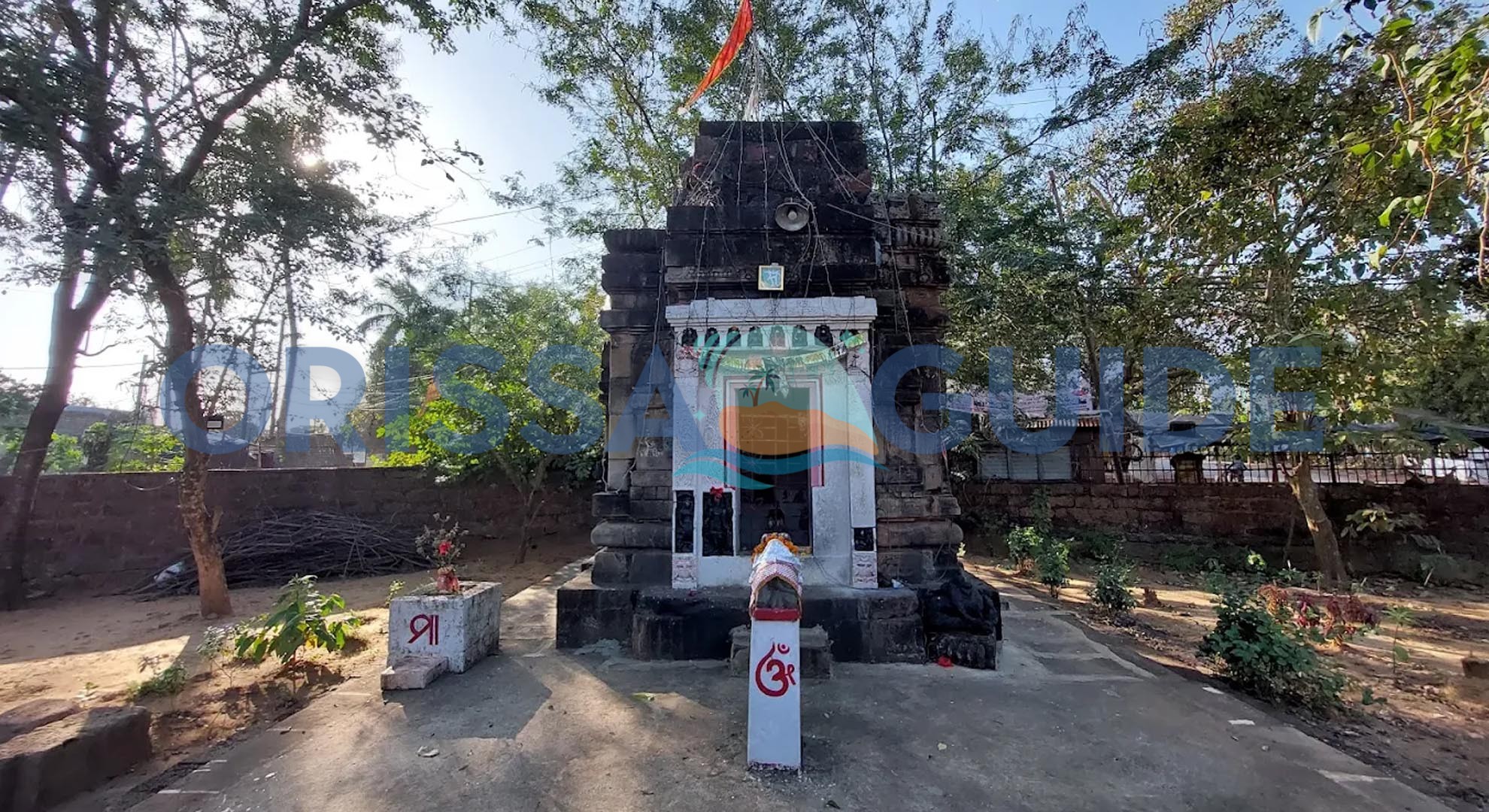Nestled in the peaceful village of Chudangagada, just outside the hectic temple town of Bhubaneswar, there is a little-known treasure that hints at history—the Jaleswar Siva Temple. This isn’t just any temple; it is a time capsule into the 9th-10th centuries that has been awaiting discovery by anyone willing to step off the beaten path.
As you leave the bustle of the city, you will feel a sense of transformation as you make your way to this ancient site. You will slowly inhale the fragrance of history and devotion, which will remind you that you are now on the path to one of Odisha’s most significant, yet delightfully understated, historical sites. For any explorer or spiritual seeker, finding this temple is like discovering a hidden chapter in the vast heritage of culture in India.
Architectural Grandeur: A Testament to Time
As you enter the temple complex, you are struck by the unmistakable Kalinga architecture present in Odisha’s religious skyline. The Jaleswar Siva Temple is dignified, if a bit tattered by age, but no less deserving of a visit. The vimana (the main tower) retains the classic rekha deul style, a curvilinear dome-like tower reaching up into the sky.
While portions of the temple have undergone fine restoration work, the majority of the original stone carvings and carved motifs are present from the Somavamsi period, telling their own story about the artistry of that time. This temple is a critical piece of the jigsaw of the state’s architectural development, and the purity of design is evident, one that manifests into richer and more elaborate temples later.
If you are compiling Bhubaneswar travel guides emphasizing original Odishan temple development, this temple is one of the ones to add to your list—especially to distance yourself from the more customary travels.
A Spiritual Sanctuary: The Heart of the Temple
One truly feels the essence of Jaleswar Siva Temple in the deity’s sanctum sanctorum; a venerable Shiva Lingum is enshrined and on display. The temple possesses an intense, primordial energy; the sound of mystical chants fills the walls. A unique composure surrounding the spiritual experience in Jaleswar provides a special place to meditate and reflect in peace.
Standing in the presence of the Shiva Lingam in Jaleswar provides a connection with God that temples of larger surroundings do not. The letting of prayers, under the direct request of the pujari and the fragrant offering of flowers, formed a sensory experience that invigorated and eased the experience simultaneously.
It is a pilgrimage site that bears witness to the reality that some spiritual exchanges with God are often heard in the quietude of being closest to the innermost essence of God, with the beauty of nature transpiring Shaivite connections.
The Sacred Pond: Legends and Lore
No journey to the Jaleswar Siva Temple would be complete without acknowledging its water body, which is inherently linked to its name and identity. It is said that the Shiva Linga here was discovered in a pond (Jale translates to ‘in water’), leading to the name ‘Jaleswar.’ This holy pond, located next to the temple, is much more than a simple geographical feature, but has been inhabited through local threatened legends and mythological stories.
Local devotees believe its water has purifying virtues; therefore, before offering prayers, dipping in the pond is considered extremely auspicious and holy. The presence of this pond complements the temple’s tranquil natural surroundings and provides balance and harmony between nature and devotion with the temple. It is this retreat that establishes the significance of the temple as a sacred pilgrimage site where myth and reality become one.
Visitor’s Guide: Planning Your Pilgrimage
To fully experience the tranquil grandeur of the Jaleswar Siva Temple, a little pre-planning will contribute significantly to your enjoyment. Located in the village of Chudangagada, it is easily accessed via a short drive from central Bhubaneswar, making it an ideal half-day excursion.
The best time of the day to visit is in the early morning or late afternoon, when softer sunlight will enhance the textures of the ancient temple, and in a more comfortable climate. As with any place of worship, remember to dress modestly. It is a significant monument in importance, and is still a living, breathing place of faith for local people.
If possible, engage with the priests; they are usually more than happy to tell fascinating local stories. This hidden jewel of a monument may be worth adding to your travel guide itinerary of Bhubaneswar, for an experience that offers an authentic and fulfilling glimpse of the soul of Odisha.

